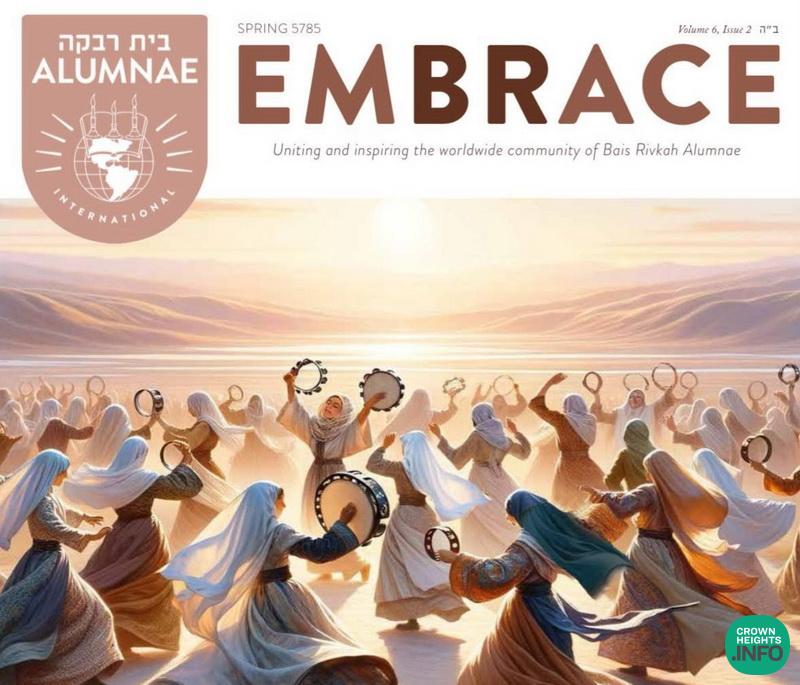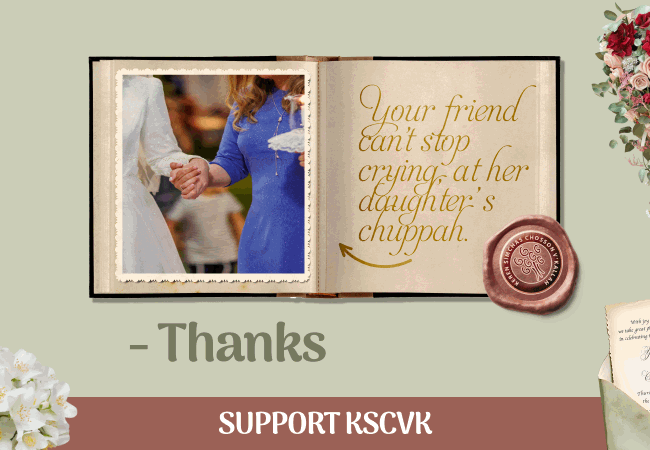
EmBRace Magazine Issue #18 Released
The newest issue of the EmBRace magazine is headed toward mailboxes. Here’s a sneak peek at what’s inside issue #18.
Nature versus nurture: An age-old debate. Which is more important in determining a person’s traits, behaviors, and abilities? Is it their genetic makeup or their upbringing and life experiences? Although people love to debate this topic, the general consensus is that both genetics and environmental factors play a significant role in shaping human traits and behaviors; it’s a combination of both that determines who we are.
…
While a lot of information is shared these days– via books, articles, and podcasts– regarding how to best raise (nurture) our children, we don’t hear much about how to work with temperament (nature). Yet the Hagaddah reminds us that we must be in tune with the unique temperament style of our children
In his article, “The Four Children Explained: An Anthology of Classic and Kabbalistic Teachings,” Rabbi Yosef Marcus writes: The Torah generally speaks of one truth and one path for every person. With the Exodus, however, the Torah uncharacteristically provides a different explanation for each of the four types of children, thereby conveying a critical lesson in education: When reaching out to others, to educate them and help them transcend their “Egypts,” we should not use a standardized, unvarying approach for all types of students. To reach students and affect them, teachers must tailor their words and methods to conform to each individual student. By providing different answers for each of the four children, the Torah enables and inspires us to find the right words and approach with which to engage every individual and successfully ignite their G‑dly spark.”
…
It’s imperative that we understand and accept that we can’t just mold children into who we want them to be. Neither can we expect them to all behave and function the same way. Instead, we need to get to know who they truly are and recognize the unique strengths and challenges that Hashem gave them. This gives us insight into how to motivate them, cultivate their strengths, and help them through their challenges, ensuring that we have a positive influence on them and that they are receptive to the chinuch we impart.
…
After being in education for many years, dealing with many teachers, students and parents, studying Special Education, and of course, journeying through parenting, I have come to see how in the nature/nurture combination, nature plays a huge role. The more we understand a child’s temperament, the more successful we will be in educating and influencing children, gaining their cooperation and buy-in along the way.
Temperament Theory is a very practical way to hone in on the inherent differences in the natures of children. It’s a framework that gives us tremendous insight into understanding four main types of people…
Learn more about temperament theory and more in the latest edition of Embrace.
If you do not receive the EmBRace magazine yet, subscribe today here!















